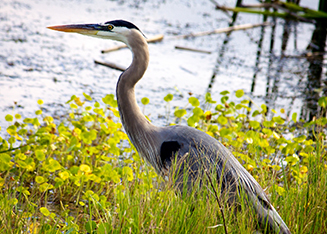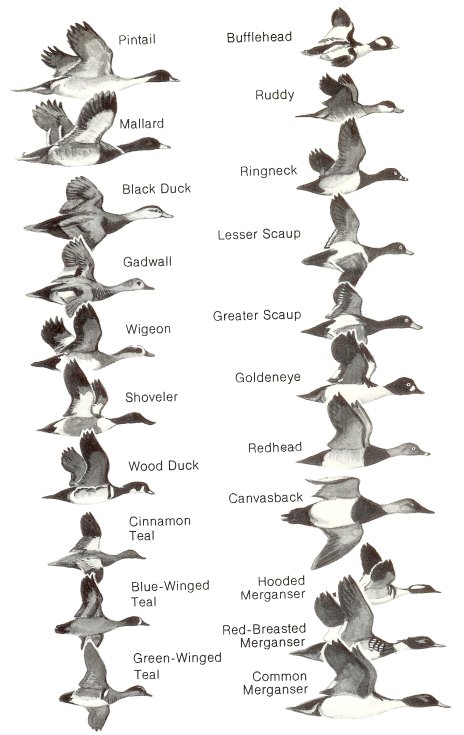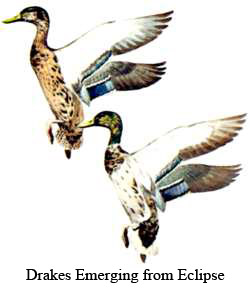Waterfowl Identification
A Guide To Identifying North American Waterfowl
View illustrations, full-color photos, and video footage of each species. Learn more about their behavior, migration patterns, and the sounds they make. Study flock patterns and wing characteristics. Our Waterfowl ID guide has everything you need to recognize ducks, swans and geese in the field or on the fly!

Identification is Important
Identifying waterfowl gives many hours of enjoyment to millions of people. This guide will help you recognize birds on the wing—it emphasizes their fall and winter plumage patterns as well as size, shape, and flight characteristics. It does not include local names.
Recognizing the species of ducks and geese can be rewarding to bird watchers and hunters—and the ducks.
Hunters can contribute to their own sport by not firing at those species that are either protected or scarce, and needed as breeders to restore the flocks. It can add to their daily limit; when extra birds of certain species can be taken legally, hunters who know their ducks on the wing come out ahead.

Explore the various species of North American waterfowl divided into these five categories.

Dabbling ducks are typically birds of fresh, shallow marshes and rivers rather than of large lakes and bays. They are good divers, but usually feed by dabbling or tipping rather than submerging.
The speculum, or colored wing patch, Is generally irrldescent and bright, and often a telltale field mark.
Any duck feeding In croplands will likely be a dabbling duck, for most of this group are sure-footed and can walk and run well on land. Their diet Is mostly vegetable, and grain-fed mallards or plntails or acorn-fattened wood ducks are highly regarded as food.

Diving ducks frequent the larger, deeper lakes and rivers, and coastal bays and inlets.
The colored wing patches of these birds lack the brilliance of the speculums of puddle ducks. Since many of them have short tails, their huge, paddle feet may be used as rudders in flight, and are often visible on flying birds. When launching into flight, most of this group patter along the water before becoming airborne.
They feed by diving, often to considerable depths. To escape danger, they can travel great distances underwater, emerging only enough to show their head before submerging again.
Their diets of fish, shellfish, mollusks, and aquatic plants make then second choice, as a group, for sportsmen. Canvasbacks and redheads fattened on eel grass or wild celery are notable exceptions.
Since their wings are smaller in proportion to the size and weight of their bodies, they have a more rapid wingbeat than puddle ducks
Swans and geese are the largest members of the duck family, and swans are among the largest of all flying birds. Swans are larger in size and have proportionally larger feet and longer necks than geese, which are closely related. The plumage of both sexes of swans and geese are similar, although males in both groups are generally larger than females.
Swans eat mostly plant materials, which they find in the water and on land. They do most of their foraging in the water, by tipping up or dabbling, much like dabbling ducks. They do occasionally eat small aquatic animals. Swans form tight pair bonds that often last for life. Bonded pairs stay together year-round.
Geese have shorter necks and longer legs than swans. They spend much more time on land than swans, and they graze on grasses and other land plants, in addition to eating some aquatic plants. Geese mate for life and both parents care for the young.
Watch Out for Look-alikes!
Some kinds of geese and swans look very similar to each other, and also look similar to the highly endangered whooping crane, so take care to make positive identification of your target when hunting. Review the individual species pages for more details.
This Web-based guide is adapted from: Hines, Robert W. Ducks at a distance: A waterfowl identification guide.










